1. Roman Candles
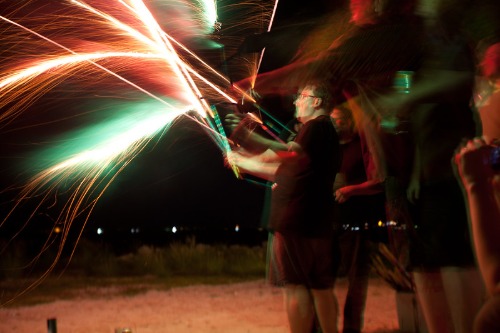
Roman candles used to be a backyard staple, shooting colorful fireballs into the night sky. But they’ve been banned in several states including Massachusetts, New Jersey, and parts of New York due to the danger of misfires and injuries. One major issue is that many people hold them in their hands, even though they’re technically not meant to be handheld. That misuse has led to burns, eye injuries, and a lot of emergency room visits.
They’re still legal in places like Texas and Florida, but over a dozen states either heavily restrict or completely prohibit their sale and use. Authorities worry about their unpredictable trajectory, especially around crowds. They’re also known to ignite brush fires, particularly in dry, windy areas. Even seasoned users sometimes underestimate how hot or powerful they can be.
2. Bottle Rockets
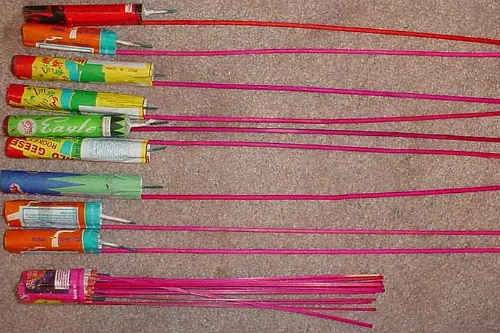
Despite their small size, bottle rockets have been banned in at least 20 states, including North Carolina and Minnesota. They’re notorious for being unstable in flight, often veering into trees, roofs, or even spectators. Because they’re cheap and easy to launch, they’re a go-to for unsupervised teens and kids. Unfortunately, that leads to a lot of 911 calls each July.
Their stick-based design makes them unpredictable, especially when fired from makeshift launchers like soda bottles. The National Fire Protection Association (NFPA) has cited them as a major cause of structure and brush fires. They also pose risks to pets and wildlife. Even states that allow other aerials often make exceptions for banning bottle rockets specifically.
3. Firecrackers Over 50mg
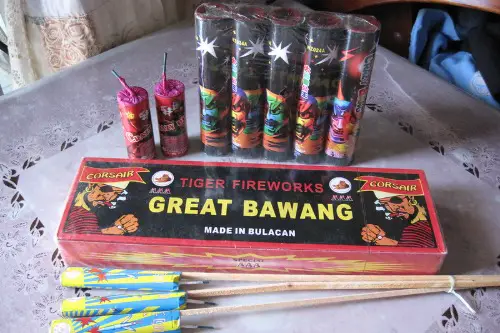
If you’ve ever wondered why some firecrackers sound like a bomb going off, it’s probably because they exceed the 50 milligram flash powder legal limit. Anything over that threshold is considered illegal for consumer sale under federal law. States like Ohio and Washington have cracked down hard on high-powered versions, especially around the 4th. They’re simply too dangerous for non-professionals to handle.
These little guys can seem harmless, but they often cause hearing damage and hand injuries. Some unscrupulous vendors still sell them under-the-counter or rebrand them as novelty items. But law enforcement has been stepping up patrols and confiscations. If it’s making your ears ring for an hour, it’s probably not legal.
4. Cherry Bombs
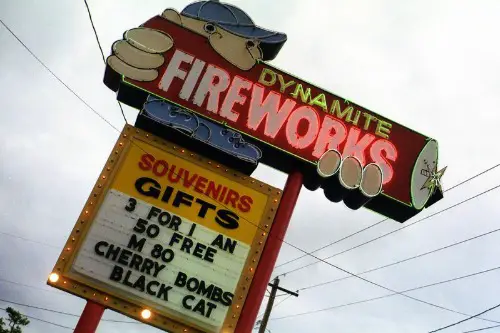
Cherry bombs have a nostalgic Americana vibe, but they’re no longer welcome in most states. Banned federally for consumer use since the 1960s, they’re still a favorite among illegal fireworks traffickers. Their spherical design and massive burst make them extremely dangerous, especially when misused. People often confuse them with smaller legal firecrackers, leading to serious injuries.
They got their name from their red paper wrapping and cherry-like appearance—but they’re far from sweet. They’re known for causing fires and damaging property, particularly when used in mailboxes or trash bins. Some states like Nevada still struggle with people bringing them in from neighboring regions. Enforcement has increased, but they remain a serious safety concern each July.
5. M-80s
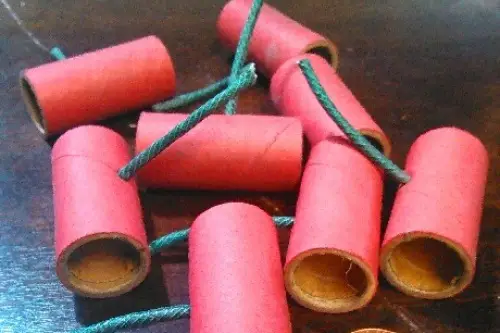
Originally designed for military training, M-80s were once a firework-lover’s dream for pure explosive power. But they’ve been federally banned for consumer use since 1966, though that doesn’t stop people from trying to find them illegally. Their sheer force—equivalent to a quarter stick of dynamite—is enough to blow off fingers or worse. States like California and Illinois have particularly strict penalties for possession.
Despite their federal prohibition, some folks still cross state lines or turn to shady suppliers to get their hands on M-80s for that “authentic” July 4th blast. Law enforcement agencies routinely seize them in sting operations around the holiday. They’ve caused everything from lost limbs to house fires. The danger just isn’t worth the boom anymore.
6. Aerial Shell Kits
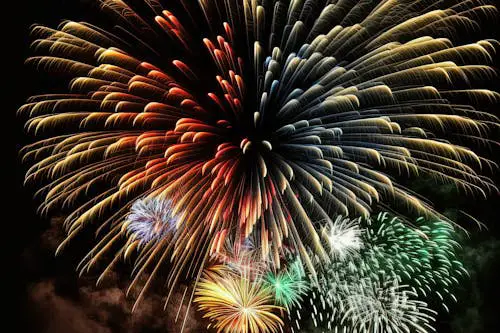
Aerial shell kits are those massive bursts you see at professional shows—and that ambitious neighbor tries to replicate. While licensed pros can use them, many states like Delaware and Rhode Island ban them outright for private use. These kits often require launching tubes and precise timing, making them way too risky for the average user. One wrong setup, and you’ve got a backyard disaster.
Their popularity stems from the “grand finale” effect they give off—huge, symmetrical bursts that look like something out of a theme park show. But they’re simply not designed for home use. Fire departments have reported numerous cases of fires and structural damage caused by amateur use of aerial shells. Some even mistake them for homemade explosives.
7. Sky Lanterns
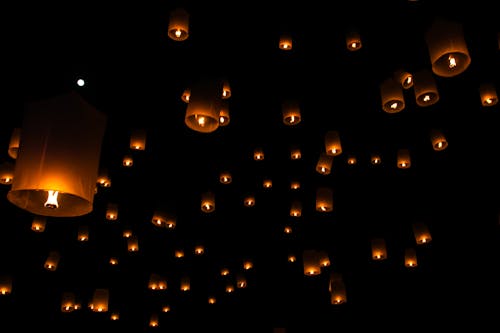
Sky lanterns look beautiful floating into the summer night, but they’re illegal in over 25 states due to fire risk. States like Oregon, Utah, and California prohibit them entirely, especially during wildfire season. These lanterns work by lighting a flame under a paper shell, allowing hot air to lift them skyward. But once airborne, you have no control over where they land—or what they ignite.
There have been numerous reports of lanterns setting fire to dry fields, rooftops, and even animals. Environmental groups also warn they pose a danger to wildlife that may ingest the wire frames. They’re often banned under broader laws restricting open flames. Even in states where they’re technically allowed, local fire departments almost always advise against them.
8. Reloadable Mortar Tubes
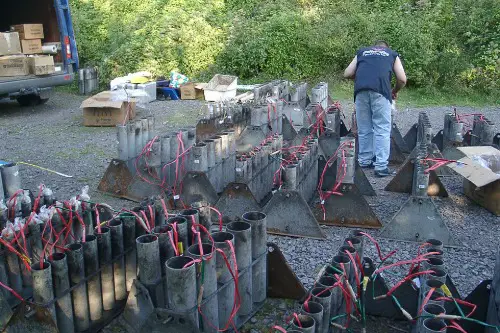
These are the multi-shot fireworks with interchangeable shells—like having your own mini show in the driveway. But they’re banned or restricted in more than half the U.S., including New York, New Jersey, and parts of Illinois. They’ve been tied to some of the worst firework-related injuries on record. When a shell gets stuck in the tube and explodes prematurely, it can result in catastrophic outcomes.
People love them for the variety they offer: different colors, sounds, and effects from one kit. But the danger isn’t just in lighting them—it’s in reloading them, which requires close proximity. Fireworks safety groups have campaigned for stronger warnings and better consumer education. Some manufacturers have even discontinued certain models due to liability concerns.
9. Sparklers Over 10 Inches
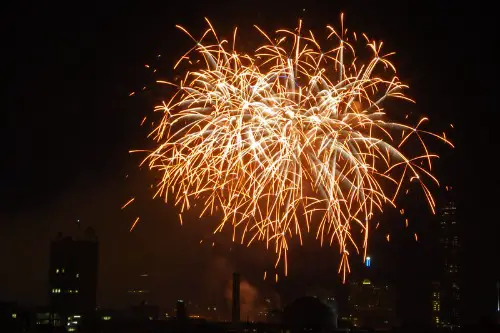
Sparklers might seem innocent, but size matters—especially when you’re waving around molten metal. Longer sparklers, especially those over 10 inches, are now banned in multiple states like Massachusetts and Hawaii due to burn risks. They burn hotter than most people realize—up to 2,000°F, hotter than a blowtorch. Kids are often the ones using them, which makes the risk even more serious.
Some states still allow shorter versions, but even those can cause second-degree burns. Hospitals report more injuries from sparklers than from any other firework type involving children. Parents often underestimate the danger because sparklers don’t explode. But they’re essentially handheld welding tools in disguise.
10. Missile-Type Rockets
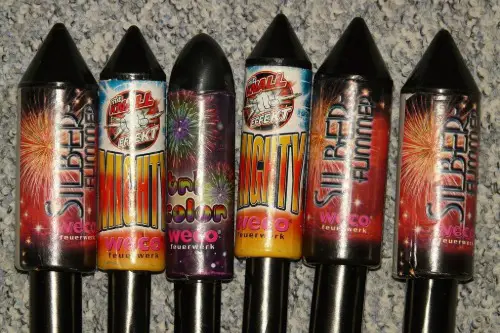
Missile-type rockets are similar to bottle rockets but with fins or wings, making them even more unpredictable. States like Maine, Georgia, and Illinois have banned them due to their erratic flight paths. They can easily ricochet off objects and end up hitting cars, people, or buildings. They’re also incredibly loud, which has prompted noise complaints and pet safety concerns.
These fireworks are often designed to whistle or screech before they explode, which makes them a favorite for dramatic effect. But that same dramatic flair often leads to unintended damage. Fire officials have cited them as a leading cause of mid-level fireworks injuries. Many local ordinances ban them even when state law is ambiguous.
11. Smoke Bombs in Drought Zones
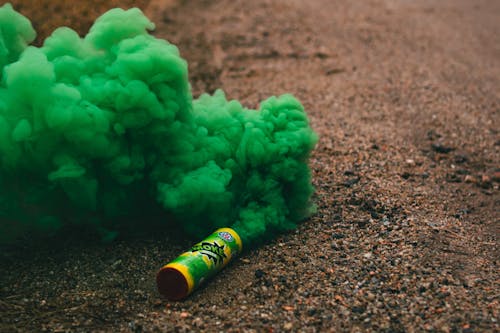
Smoke bombs aren’t technically banned everywhere, but in drought-prone states like Arizona, Nevada, and Colorado, they’re often prohibited during fire season. They may not explode, but they produce intense heat and lingering smoke, which can ignite dry vegetation. Some fire departments issue temporary bans on them leading up to July 4th. People are often surprised to learn they’re part of restricted fireworks lists.
The vibrant colors make them a social media favorite, especially for photography and gender reveals. But those same uses often involve wooded areas or dry fields, which raises the fire risk exponentially. Smoke bombs have even been linked to several large wildfires in recent years. So if you’re in a dry region, check local laws before lighting one up.
12. Helicopter Spinners
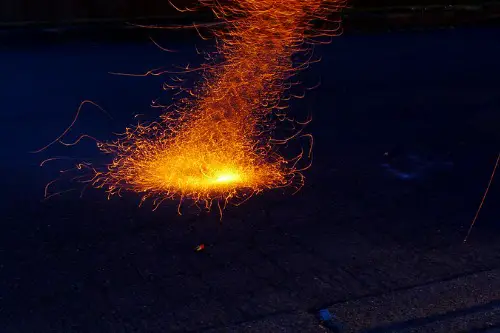
Helicopter-style fireworks spin wildly before shooting into the air, making them hard to predict. States like Connecticut, Maryland, and Vermont have banned them due to high injury rates. The erratic motion means they can shoot off in any direction, which is a huge issue in crowded neighborhoods. Add to that the sparks and flame trails, and it’s easy to see why they’re risky.
People are drawn to them because they combine spinning, flying, and color effects all in one. But that combination also makes them one of the most dangerous novelty fireworks. Kids are especially at risk because the fireworks appear “fun” or toy-like. Several state fire marshals have issued specific warnings against their use each Independence Day.
This post These 12 Iconic July 4th Fireworks Are Now Illegal in Half the Country was first published on American Charm.


